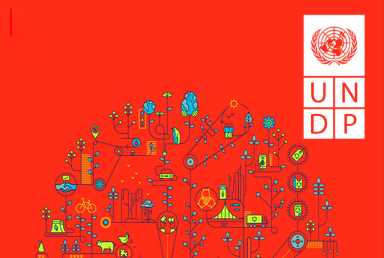The UN Human Development Report
Since 1990, the United Nations Development Programme (UNDP) has been ranking the world’s countries based on the Human Development Index.
With the help of an index created 30 years ago, the well-being and human development of different countries began to be measured in terms of more than just economic prosperity.
Greater importance was based on how economic growth has been used to improve people’s lives, meet their needs and achieve human fulfilment.
By comparing the human development of various countries, the United Nations has aimed, not only to obtain a statistical overview, but also to encourage all the Member States to strive for greater sustainability and a higher quality of life for their populations.
Compared to the early 1990s, the UN’s approach to human development has also become more diverse in content. As an important criterion, the measure of sustainability has been added to human development.
The Human Development Index is comprised of three components:
- a measure of wealth, based on the national income or GDP per capita, that reflects the growth of material opportunities;
- life expectancy at birth, which reflects people’s health and nutrition;
- literacy and the extent of schooling, which is used to measure the expansion of the people’s mental world and their ability to make choices.





